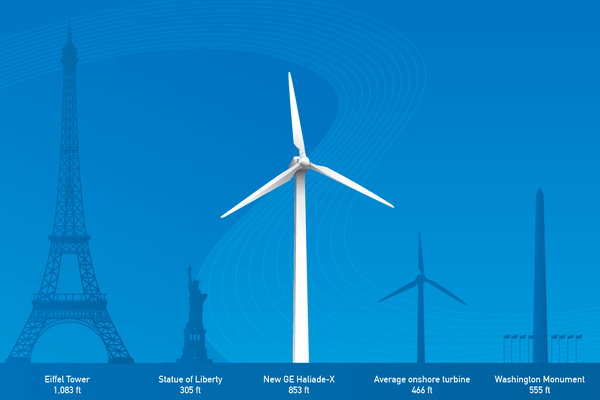The wind industry’s global race to make ever-bigger turbines stumbled to a sudden slowdown last week, jarring U.S. offshore wind projects.
When GE Vernova confirmed that it was canceling one of the largest wind turbines ever designed, it signaled a pause in an arms race that for years had led manufacturers to go higher, longer and wider when building towers, blades and other components. Now, that decision is reverberating across U.S. efforts to build wind projects in the Atlantic.
New York canceled power contracts for three offshore wind projects last week, citing GE Vernova’s decision to abandon its largest turbine model, a massive 18-megawatt machine. The timing could hardly be worse. Offshore wind is the keystone of New York’s plan to generate 70 percent of its power with renewable energy by the end of the decade.
The canceled projects pushed New York further adrift of meeting its goal. Today, a little more than a quarter of New York’s power comes from renewable sources, the vast majority of it hydropower. Offshore wind was supposed to help the state reach 70 percent, with New York officials targeting 9,000 megawatts of offshore wind capacity by 2035. Last week’s decision nixed almost half of it.

